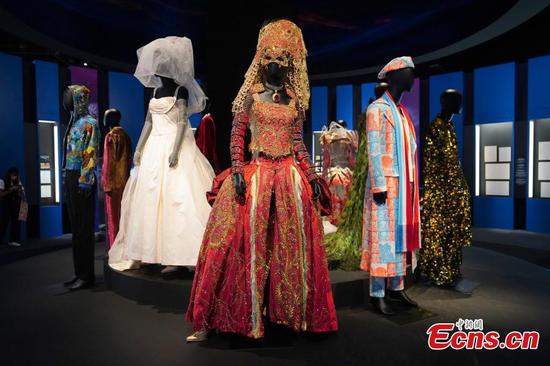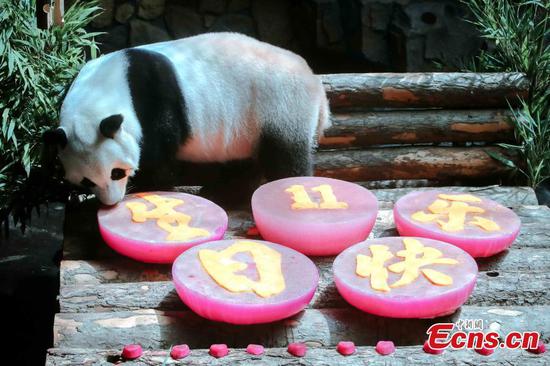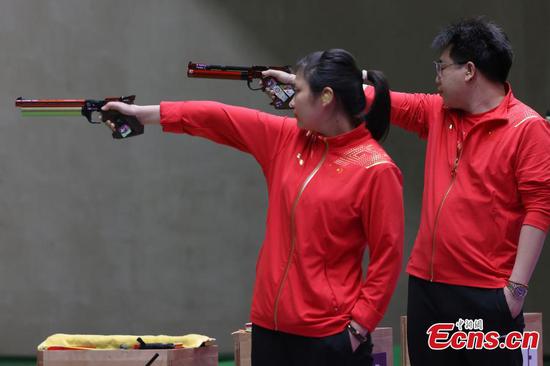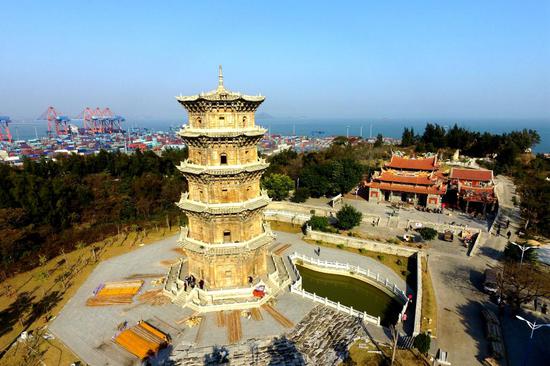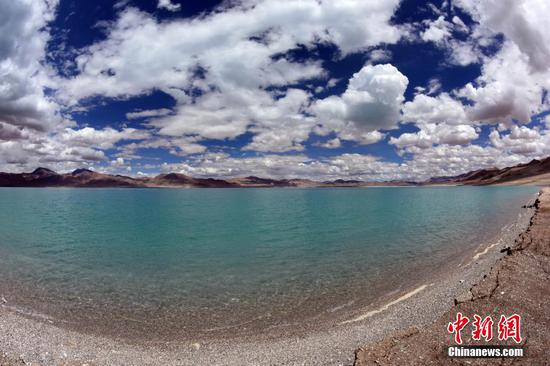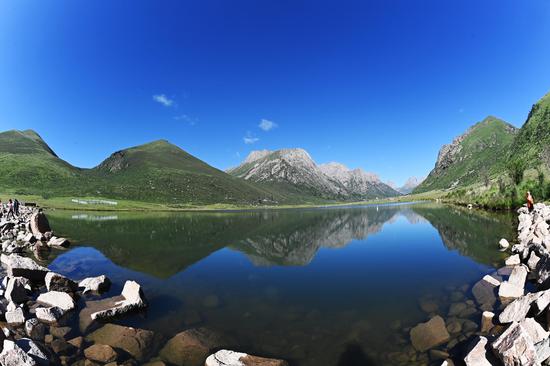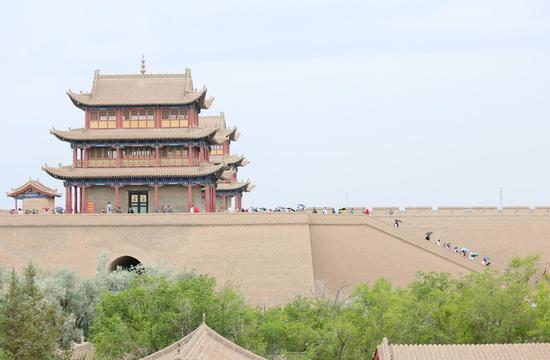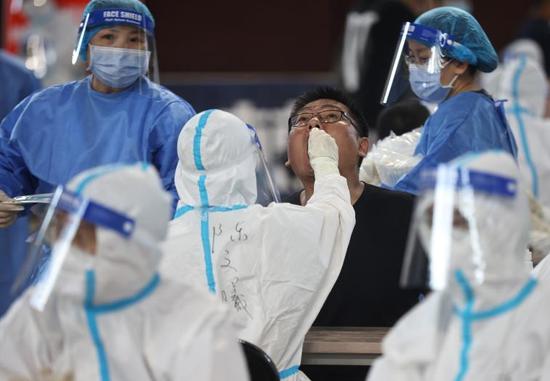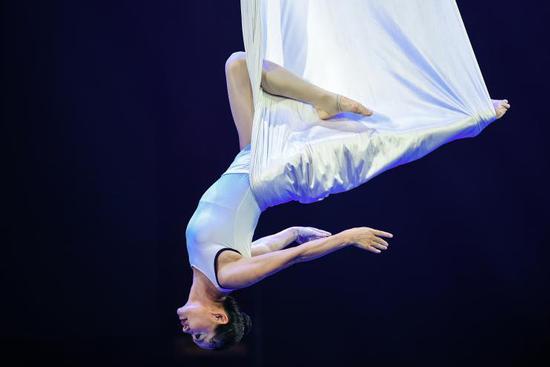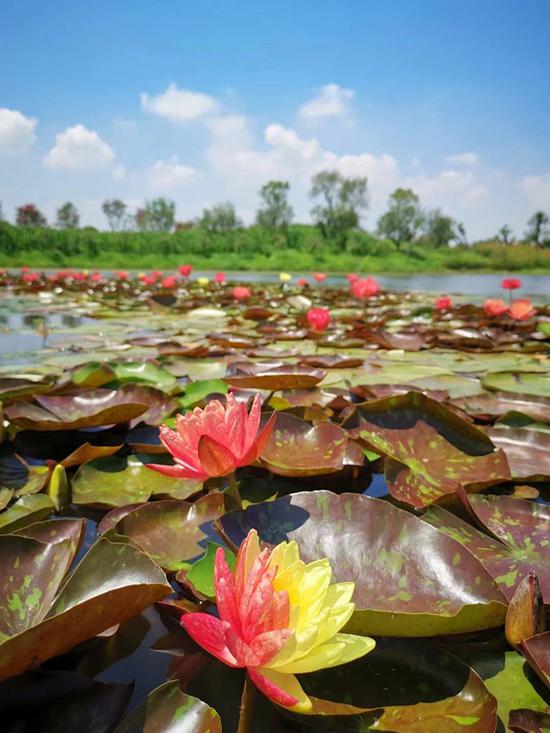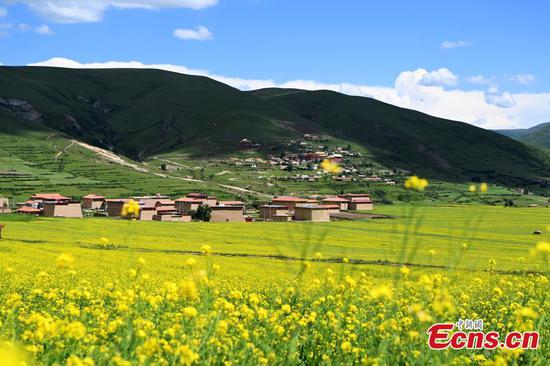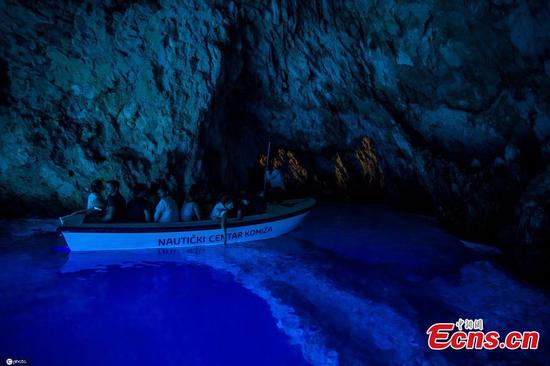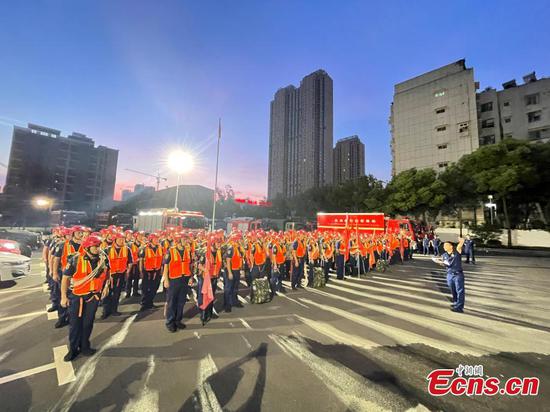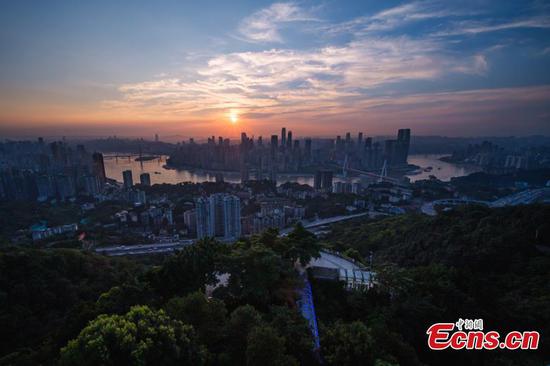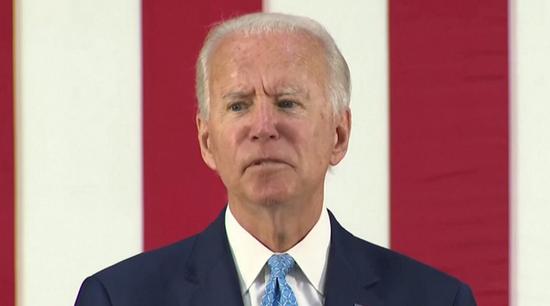OPPORTUNITY: TEENS, PILGRIMS AND ENTREPRENEURS
There was not a single school in the modern sense of the word in old Tibet. The illiteracy rate exceeded 95 percent, to say nothing of the complete lack of understanding of modern science and technology.
Founded in 1956 with only 20 to 30 students, Lhasa Middle School in the downtown area of the city is the first modern and standard middle school in the history of Tibet.
At present, the school has some 3,000 students, with Tibetan students accounting for about 62 percent, said Tang Yong, the school's principal, adding that most of the students aspire to one day attend college.
From 1951 to 2020, the central government invested 224 billion yuan (about 35 billion U.S. dollars) in Tibet's education. Now, the region has established a modern educational system which includes preschool, primary and middle schools, vocational and technical schools, institutions of higher learning, and special education institutions.
According to Gong Xiaotang, Party secretary of the Lhasa No. 2 Secondary Vocational School, Tibet has taken the lead in China in providing students with 15 years of publicly funded compulsory education.
Students at the vocational school have a wide variety of courses to choose from, including cooking, traditional Tibetan clothing and medicine production, thangka painting, and other disciplines. The school is also teaching hotel management, accounting, advertisement design and drone operation.

Students learn tailoring techniques at a vocational school in Lhasa, capital of southwest China's Tibet Autonomous Region, Nov. 23, 2020. (Xinhua/Jigme Dorje)
"I was impressed by the kids. They were learning a skill that was going to make them money, and they seem to understand that at a very young age," Blair said. "And I was amazingly impressed by how much these kids knew, how hardworking they were, and how dedicated they are to building their own futures."
The American economist was also struck by a maker's center in Lunang, Nyingchi City, where primary students are taught to use computers and 3D printers.
"They're creating a spirit of dynamism in the young kids, and that's going to pay off," Blair said, noting that the youngsters will grow up dreaming of being innovators, building businesses and taking advantage of economic opportunities.
Barkhor Street, which circles the Jokhang Temple, a UNESCO World Heritage site and part of the historic ensemble of the Potala Palace, is the most famous pilgrim circuit in Lhasa and is always packed with pilgrims from across the region. The faithful complete the circuit clockwise, spinning their prayer wheels in the same direction.
There are more than 1,700 sites for Tibetan Buddhist activities with 46,000 monks and nuns in Tibet, while traditional religious activities are carried out regularly in accordance with the law.
Every year, large sums of money are spent by the government on the renovation and maintenance of the Potala Palace to ensure that the pilgrims have a safe environment where they can practice their religion, according to Jorden, director of the administrative office of the Potala Palace.









